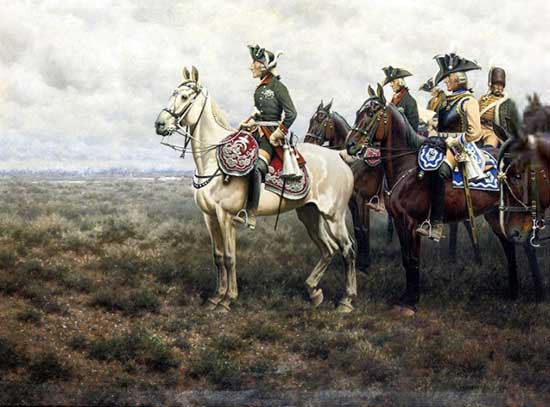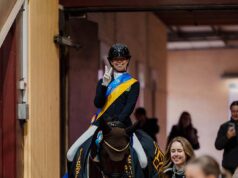
By John Clarke
Photography: Collection Poudret
This article is the first in a three-part series devoted to an analysis of the general philosophy and approach to Warmbloods and sports horses world-wide, past, present, and future. The original text (updated), appeared as an introductory chapter to ‘The International Warmblood Horse’ by Celia Clarke and Debbie Wallin, published by The Kenilworth Press in 1991 under the title ‘The Warmblood approach to breeding: an historical introduction using the German warmblood as an illustration’.
Its author John Clarke is not only a professional historian, Quondam Fellow of All Souls College, Oxford and Emeritus Professor of History at the University of Buckingham, but was also Chairman of the British Warm-Blood Society (now the Warmblood Breeders Studbook UK) from 1982 to 1992, so is uniquely qualified to write upon this subject. Parts II and III of the series will concentrate on current and future developments and will appear in forthcoming issues of World Breeding News. They will be the work of John’s wife Celia Clarke, the well-known Warmblood and sports horse breeding consultant who was secretary of the BWBS during its formative years. She is now the UK correspondent of World Breeding News and is also the Chair of the 826 Equine Studbooks Association which is an all-breed organization representing the interests of the many equine studbooks based in Great Britain to both the UK government and the wider world.
As a regular presence at both the WBFSH General Assembly and WHIRDEC – and as secretary of the International Young Breeders organization from 2013 and 2017 – Celia Clarke draws upon many years of experience in this subject for her writing. Her background as one of the originators of the very successful British Breeding Futurity scheme, and as an international grading judge for a number of studbooks across the globe, ensures that she will combine theory, philosophy and practical experience in a unique way in her articles
An historical review of the Warmblood and sport horse approach to breeding
Over the centuries there have been two main ways in which human beings have tried to maximise the potential of the horse. The first has been through the invention or improvement of mechanical aids – bits, bridles, saddles, and harnesses. The second has been through the selective breeding of horses to produce animals especially suited to particular kinds of work. Here my task is to explain the origins and philosophy of the ‘Warmblood approach to breeding’... To read the complete article you need to be a subscriber
CLICK HERE TO SUBSCRIBE TO BREEDING NEWS
SUBSCRIBERS CAN READ THE COMPLETE ARTICLE BY LOGGING IN AND RETURNING TO THIS PAGE



